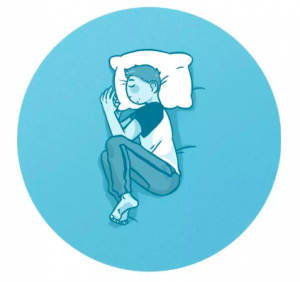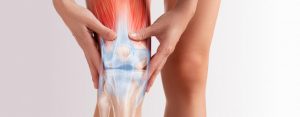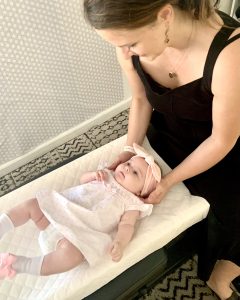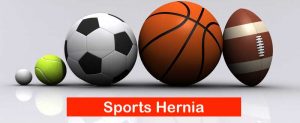Everyday, as we carry out our daily lives on two feet, our bodies are constantly working to keep our spine straight and aligned. However, if our spine and disks are asymmetrically loaded, asymmetric degeneration can occur and a lateral curvature may develop which leads to or progresses scoliosis. Scoliosis is diagnosed to a sideways spine curvature (often in a “C” or “S” shape) when said curvature is greater than 10 degrees.

Millions of people are affected by scoliosis in the United States however the cause of scoliosis in most cases are unknown. Some cases are inherited while in other cases, such things as trauma and postural problems may be contributing factors. Scoliosis most often develops during the adolescent ages of 10-15 and is more common in girls than boys. It is often first detected during school scoliosis screenings or by a parent noticing postural abnormalities. Once a potential case of scoliosis is identified, a thorough physical exam, postural analysis, and x-ray follow for evaluation and determination of the location and severity. The earlier scoliosis can be evaluated, diagnosed, and treated (especially in children), the more likely the curvature can be prevented from worsening. It is advised that growing children and adolescents have frequent checkups to ensure their curvatures aren’t worsening.
Scoliosis can affect daily functioning by causing chronic pain or affecting lung or heart function. Treatment options depend on the magnitude of each case, if it is progressing, and the age of the patient. Generally, mild, non-progressive scoliosis causes few physical problems and requires little to no treatment (other than occasional monitoring) especially for children or adults who have already reached skeletal maturity. For curves that are 25-50 degrees, bracing may be used as a method of treatment to stop the progression of scoliosis; bracing is most effective with children whose skeletons are still growing. For curves greater than 50 degrees, surgery (spinal fusion) is used to restore normal posture. Overall, most treatment options work to stop the progression of scoliosis or reduce the curvature, however no treatment (even surgery) will correct it completely.
If you have scoliosis and are experiencing pain, spinal manipulation and electrical stimulation through chiropractic treatment may be of help. Adjustments can help not only reduce pain but also increase the spine’s strength, flexibility, and range of motion. As one ages with a scoliotic curve, arthritis or disc degeneration may develop which can also contribute to back pain. Studies have shown that patients with adult scoliosis have achieved long-term results in reducing pain and disability through chiropractic treatment so if you are suffering from back pain caused by scoliosis, know that there are effective, non-surgical treatment options available to you. Consider seeking a chiropractor to keep your scoliosis in check and your pain at bay.
Have questions or interested in seeing a chiropractor to treat your scoliosis? Give us a call at 408 248 8700 at our Santa Clara office and we’ll be happy to help!





